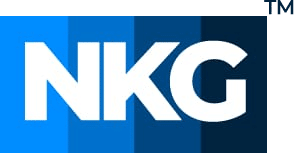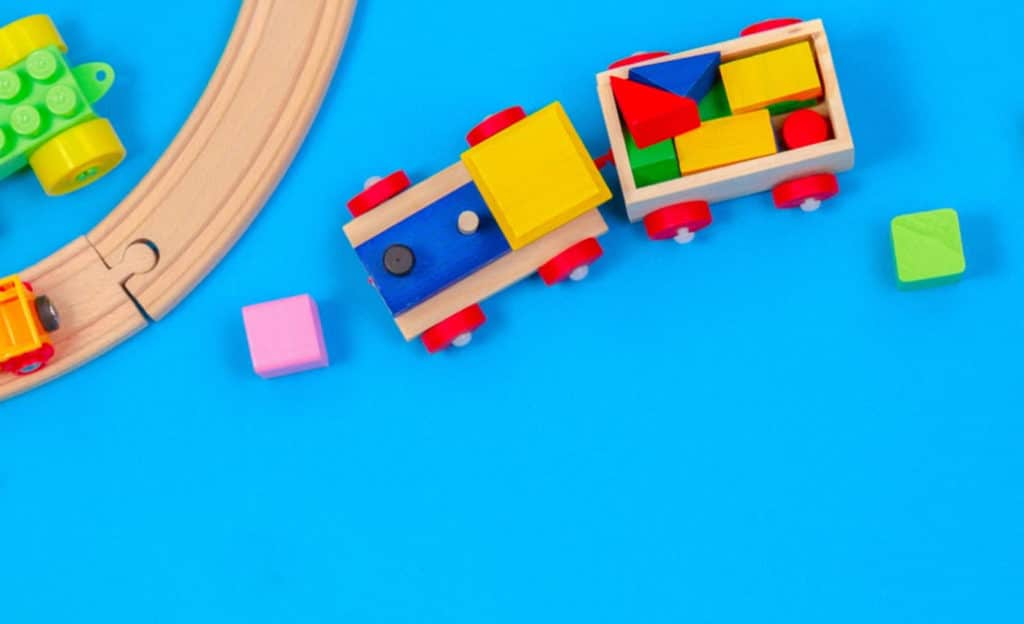What products are covered
As per TOY (QUALITY CONTROL) ORDER 2020, issued vide S.O. 853 (E) Products or toys or material designed or clearly intended whether or not exclusively for use in play by children under 14 years of age or any other product as notified by the Central Government of India from time to time.
The provisions and requirements under this order are also applicable to Toys as they are initially received by the children as well as when after a toy is subjected to reasonably foreseeable conditions of normal use and abuse unless specifically noted otherwise.
This order is applicable to domestic and importer products placed in the Indian Market and is not applicable on products which are meant for export.
Classification by Type:
For the purpose of BIS certification, toys have been classified into the following 2 types. Under each of the two types of classification one respective primary standard is assigned against which license and testing needs to be procured by manufacturers. In addition to the assigned primary standards for each type of product, secondary standards have also been assigned against which licensing and testing needs to be undertaken by the manufacturers.
| S.No. | Type | Applicable Primary Standard | Applicable Secondary Standard |
| 1 | Non-Electric Toys (these are ordinary toys such as rattles, dolls, puzzles, etc. which do not haveany function dependent on electricity) | IS 9873 (Part 1):2019 | IS 9873 Parts 2, 3,4, 7 and 9 |
| 2 | Electric Toys (these are toys which have at least one function dependent on electricity) | IS 15644:2006 | IS 9873 Parts 1, 2, 3,4, 7 and 9 |
also take table from product manual page 1 serial no 1 https://drive.google.com/file/d/1g9llJLCpctJPCCQWQOriE3j8PHh0eybb/view?usp=sharing
Classification by Purpose and Function
Based on the specific purpose and function of toys BIS has classified toys into 7 main categories and 146 sub categories. These details are listed clearly in Appendix 1 (based on IS9873 (Part 8) : 2019)
Learn more about category and sub- categories of toys
Importance of understanding Grouping of products
Owing to a huge number of models being manufactured in India or imported from an overseas manufacturing premises, BIS has issued “Grouping Guidelines” which allow certification to be granted for a group of toy models based on the testing of representative models.
Identical with the International Standard ISO/TR 8124-8:2016 (Safety of Toys Part 8 Age Determination Guidelines, The Indian Standard IS 9873 (Part 8):2019 has been used to frame these “Grouping Guidelines” .
What is a Series?
For the purpose of certification, all the models of toys of similar design, made from the same materials and covered under a single sub-category, shall be considered as a series. A declaration to this effect shall be made by the manufacturer stating that these models in the same series are of similar design, made from the same materials and covered under a single sub-category. This declaration shall be submitted to BIS along with the application for Grant of Licence (GOL) and Change in Scope of Licence (CSoL) (As per format at APPENDIX II)
What can be considered as similar design?
Similar Design pertains to models which have similar designs in terms of compliance to the
safety requirements specified in the relevant Indian Standards. For electric toys, input source,
mains layout etc as given in the table above will also constitute design parameters.
What can be considered as “Same Material”?
Same material pertains to material of the same nature (i.e. LLDPE or PVC or HDPE or
Cotton Fabric etc.) and the same dyes and pigments.
Example 1
The manufacturer is making mechanically operated plastic dolls with no electrical function. It is a Non-Electric type of toy. Hence, while submitting the application applicant shall choose IS 9873 (Part 1):2019
However, samples may be drawn and tested for
IS 9873 (Part 1):2019 – Mechanical and Physical Properties
IS 9873 (Part 2):2017 – Flammability
IS 9873 (Part 3):2017 – Migration of Certain Elements
IS 9873 (Part 9):2017 – Certain Phthalate Ester in Toys
Note: Testing as per IS 9873 (Part 4) is not applicable as it is not an Activity Toy. Similarly IS 9873 (Part 7) is not applicable as no finger paints are included in the toy and IS 15644 is not applicable as there is no electric function
Example 2
The manufacturer is making electrically operated plastic dolls. It is an Electric-type of a toy. Hence, while submitting the application applicant shall choose IS 15644:2006. However, samples may be drawn and tested for
IS 15644:2006
IS 9873 (Part 1):2019 – Mechanical and Physical Properties
IS 9873 (Part 2):2017 – Flammability
IS 9873 (Part 3):2017 – Migration of Certain Elements
IS 9873 (Part 9):2017 – Certain Phthalate Ester in Toys
Note: Testing as per IS 9873 (Part 4) is not applicable as it is not an Activity Toy. Similarly IS 9873 (Part 7) is not applicable as no finger paints are included in the toy.
Example 3
Manufacturer makes 6 models of mechanically operated dolls which are meant for ages 12+ and are similar in design but different in material i.e.
3 models of plastic (PVC) dolls – P1, P2, P3
3 models of fabric (nylon) dolls – N1, N2, N3
The above models fall in Sub-category 29, and are similar in design but of 2 different materials. Thus, 2 samples need to be tested to cover all 6 above models in the scope of the licence
Sample of either P1 or P2 or P3 to cover P1, P2, and P3
Sample of either N1, N2, or N3 to cover N1, N2, and N3
Example 4
Manufacturer makes 6 models of electrically operated dolls which are meant for ages 12+ and are similar in design and made of same material but have different power input sources:
3 models of dolls are battery operated and have the same power supply layout, same chassis, same power requirement, and same battery type &size, processor, and same charger for externally rechargeable batteries– B1, B2, B3
3 models of dolls are transformer toys and have the same mains layout, enclosure, and processor/controller – T1, T2, T3
The above models fall in Sub-category 29 and are of the same design and material but of 2 different input sources. Thus, 2 samples need to be tested to cover all 6 above models in the scope of the licence
Sample of either B1 or B2 or B3 to cover B1, B2, B3
Sample of either T1, T2, or T3 to cover T1, T2, T3
Scheme of Inspection and Testing
Scheme of Inspection and Testing or SIT defines the frequency of conducting the various tests specified in the Indian Standards
The SIT also specifies those tests for which in-house testing facilities need not be established by the manufacturers (these tests can be subcontracted to BIS Recognized Labs).
Due to wide number of representations received from stakeholders from the industry in India and from around the world regarding difficulties to establish in house testing facilities, BIS has allowed subcontracting in the SIT mentioned in the product manual for certain tests.
Toys have been brought under the compulsory Bureau of Indian Standards certification with effect from 01/09/2020 as per Toys Safety Control Order 2020 issued by DPIIT, Ministry of Commerce, and Industry India. In pursuance of the above Order, the Bureau of Indian Standards has initiated the process of grant licence to manufacturers of toys for use of Bureau of Indian Standards, Standard Mark as per Scheme I of Schedule II of the BIS (Conformity Assessment) Regulations, 2018. The certification will be done as per Option 1 (Normal Procedure) i.e. after receipt of the application, BIS will conduct factory inspection and draw samples for testing in BIS Recognized Labs
NKG is well versed with the BIS conformity assessment regulations and compliances. We are a time tested regulatory service provider across industries and product categories. We share clear – achievable and non ambiguous requirements with our domestic and overseas clients which lead to predictable regulatory approvals. Domestic and overseas toy manufacturers can rely upon us for approval of their products from BIS India before placing on the Indian Markets.


in numbers from
regulatory track record
5000+
INTERNATIONAL BRANDSRegistered
100k+
Products Registered
100%
transparency & trust
proudly SUPPORTING
trade commiSsions
NKG keeps in Close communications with various Trade Commissions, Business Chambers, embassies of many countries on various existing & new Rules & Regulations of government of India
member of
indian beauty & hygience association
our renowned
associates
contact nkg
we help you meet your compliance needs
NKG has a Dedicated and Efficient team of experienced regulatory professionals who have Registered more than 2000 brands until now who can help you Plan your regulatory needs and smoothen the process for Regulatory approvals. Strategically located in New Delhi, the “regulatory “ capital of India, NKG makes a head start by following its unique time tested “Step-by- Step “ process that puts a lot of method in between the madness.